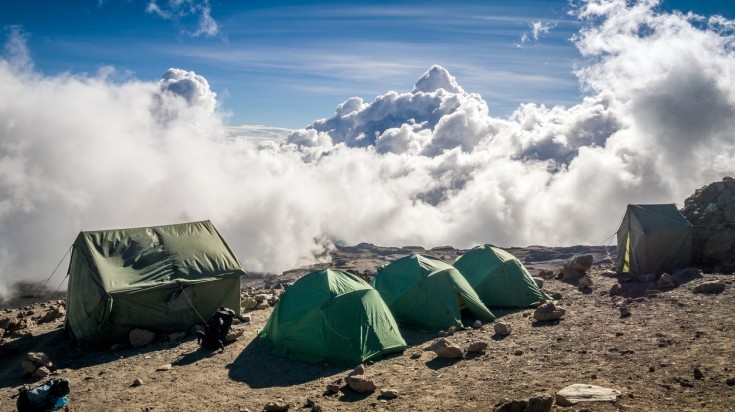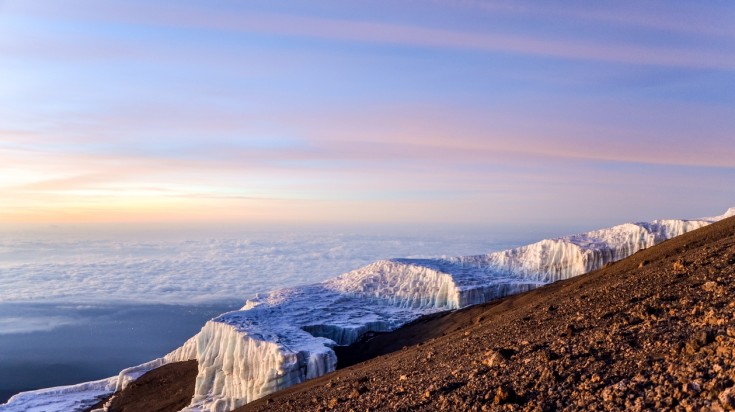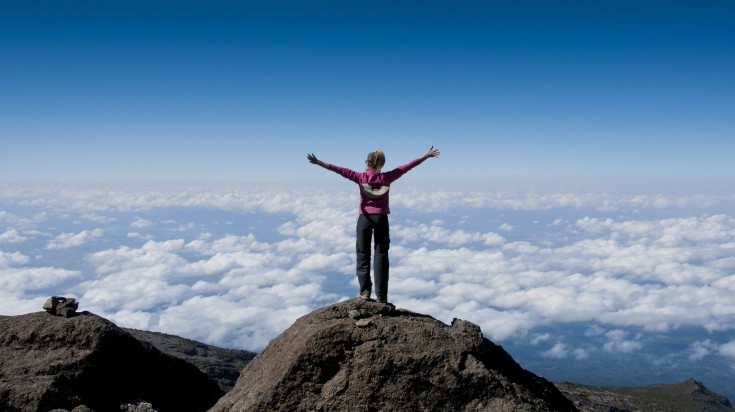Northern Circuit | Kilimanjaro National Park

- Dikash Kashyap
- From
- Dikash Kashyap
- From
- Sophia Loren
- From Tanzania
- Pooja Kumari
- From
Northern Circuit Route Ratings
| Trek Difficulty: | Easy | Scenery: | Extremely beautiful | |
| Success Rate: | Very high | Price: | Very expensive | |
| Max Altitude: | 5,895 metes | Popularity: |
Fifth most popular route attracting just 1% climbers |
|
| Trek Duration: | 8 – 9 days | Difficulty: | Easy | |
| Best Season: | June to September, November | Crowds: | Extremely remote | |
| Accommodation: | Camping only |
Pros and Cons
Pros
- Extremely remote and quiet
- Fantastic acclimatization opportunities
- Follows the climb high, sleep low principle
- One of the highest success rates of reaching the summit
Cons
- The route takes 8 to 9 days
- Climbers probe to trekking fatigue
Northern Circuit Route Itinerary
The following itinerary helps you understand what to expect when you choose the Northern Circuit Kilimanjaro. Your itinerary may vary depending a little on the travel agency you choose.
Day 1 – Trek to Mti Mkubwa Camp (4 – 6 hours)
The Northern Circuit Route Kilimanjaro starts off at the point used by those joining the Lemosho Route, on the far west of Kili. You drive about 12 kms from the Londrossi Gate to reach the trail head before heading onto Mti Mkubwa Camp (2820 meters).
It’s entirely possible to catch the odd buffalo or elephant along the way so make sure you keep your eyes peeled.
Day 2 – Trek to Shira Camp 1 (5 – 6 hours)
While other trails take a couple of days to leave the rainforest behind, you enter the low alpine zone early on day two. The trail takes you to Shira Camp 1 (3610 meters) and surrounds you with endless alpine meadows and moorlands.

Day 3 – Trek to Shira Camp 2 (3 – 4 hours)
The hike from Shira Camp 1 to Shira Camp 2 (3850 meters) is short and sweet. You’re even rewarded amply for your efforts as you get to see your first views of Kibo Peak. Mount Meru can also be seen in the far east.
Temperatures tend to drop drastically at this level, so it’s best to be prepared.
Day 4 – Trek to Moir Camp (5 – 7 hours)
Climb all the way to Lava Tower to check out those spectacular lava formations and enjoy endless views before descending to Moir Camp (4200 meters). This helps you acclimatize better and prepare for your summit climb that’s just around the corner.

Day 5 – Trek to Buffalo Camp (5 – 7 hours)
You’ve reached high alpine landscapes by now so expect steep climbs and mind-blowing views. It’s a bit difficult to get to Buffalo Camp (4020 meters) so make the most of your experience by taking a short detour to Little Lent Hill as well.
Considered to be one of the remotest corners of Kilimanjaro, Little Lent Hill offers mesmerizing views.
Day 6 – Trek to Rongai Third Cave (5 – 7 hours)
You’re spending the sixth day on the mountains, and this can be tiring for some. Today’s itinerary is relatively light and you spend a lot of time acclimatizing for the summit climb. You sleep at an elevation of 3800 meters, which further helps your cause.
Day 7 – Trek to School Hut (4 – 5 hours)
Day seven in the Northern Circuit route marks the transformation from high alpine to glacial landcapes. You cross a saddle between Mawenzi and Kibo peaks and head towards School Hut (4800 meters). Go to bed early and prepare for your attempt to the summit.

Day 8 – Trek to School Hut (11 – 14 hours)
At the stroke of midnight, climb a steep slope to reach Hans Meyer Cave (5150 meters). After a short break, proceed to Gilman’s Point (5681 meters). Stop at Gilman’s Point for some snacks and make that final push for Uhuru Peak. Find that extra mental strength and you’ll be rewarded with the best view that Africa has to offer.
Spend some time on Uhuru Peak and head back to Stella Point, following the same route used by those climbing via the Machame Route. A long descent gets you to Millennium Camp (3950 meters), where you spend the night.
Day 9 – Trek to School Hut (3 – 4 hours)
Head back to Mweka Gate following a dense rainforest, enjoying beautiful views along the way. At the gate, don’t forget to take your certificates acknowledging your accomplishment.


















